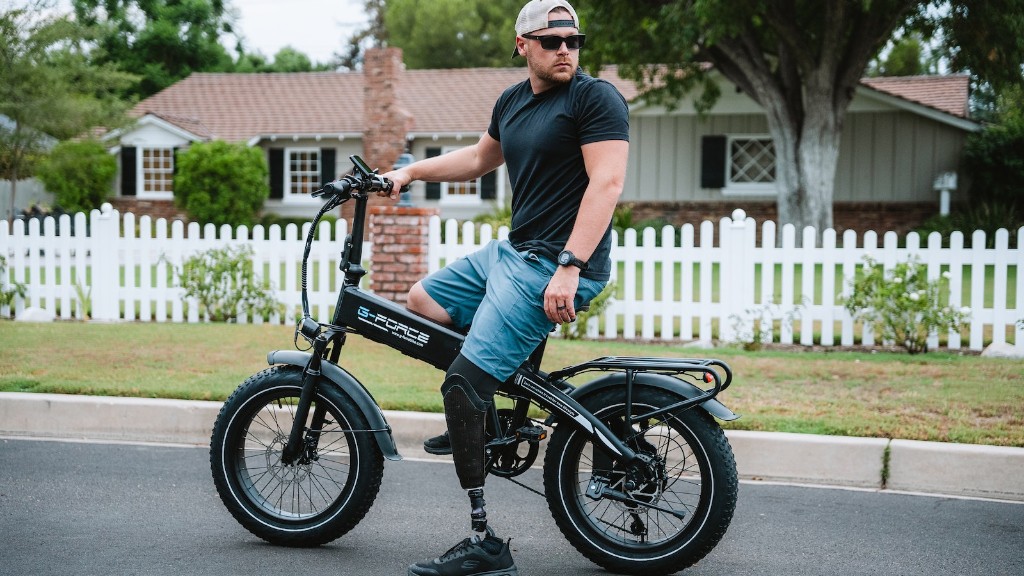Why Can’t Amputees Wear Their Prosthetic 24/7?
Prosthetic limbs have greatly improved the quality of life for amputees. These devices are designed to facilitate mobility, restore functionality, and enhance self-esteem. However, it is important to consider the limitations and challenges that come with wearing a prosthetic constantly. Despite the growing advancements in prosthetic technology, amputees still cannot wear their prosthetics 24/7.
The Importance of Rest
Wearing a prosthetic limb for extended periods can cause fatigue and discomfort. Just like any other part of the body, the residual limb needs time to rest and recover. The constant pressure and friction exerted by the prosthetic can lead to skin breakdown and the development of painful pressure sores. By allowing the residual limb to rest and breathe, amputees minimize the risk of these complications.
Furthermore, wearing a prosthetic non-stop can cause muscle fatigue and strain on the remaining joints. The additional weight and pressure placed on the body can lead to long-term musculoskeletal issues. In order to maintain overall health and prevent further complications, it is crucial for amputees to take breaks from wearing their prosthetic limbs.
Hygiene and Maintenance
Prosthetic limbs require regular cleaning and maintenance to remain functional and hygienic. Sweat, dirt, and moisture can accumulate between the residual limb and the prosthetic socket, creating an environment prone to bacterial and fungal infections. By removing the prosthetic and thoroughly cleaning both the residual limb and the device, amputees can prevent infections and maintain good hygiene.
Moreover, prosthetic components need regular checks, adjustments, and repairs. Continuous use without breaks can accelerate wear and tear, leading to potential malfunctions or breakages. Taking breaks from wearing the prosthetic allows amputees to address any maintenance needs promptly, ensuring that the device remains reliable and functional.
Pain and Discomfort
Wearing a prosthetic limb can cause discomfort, especially during the initial adjustment period. Pain may arise from pressure points, ill-fitting sockets, or inadequate suspension systems. Continuous wear without proper rest can exacerbate these issues, leading to chronic pain and decreased overall comfort.
For some amputees, wearing a prosthetic limb can be a physical and psychological challenge. Pain and discomfort can limit their ability to perform certain tasks, affecting their daily activities, work, and overall well-being. By taking breaks and allowing their bodies time to recover, amputees can alleviate pain and ensure a more comfortable experience when using their prosthetic limbs.
Exceptions and Advances
While it is generally advised for amputees to have designated periods without wearing their prosthetic limbs, there are exceptions to this guideline. Certain individuals may have personal circumstances or unique physiological conditions that allow them to wear their prosthetics for longer periods.
Moreover, ongoing advancements in prosthetic technology are constantly challenging the limitations faced by amputees. Researchers and engineers are continuously striving to develop lighter, more comfortable, and more durable prosthetic limbs. One example is the development of osseointegration, a surgical procedure that allows the integration of prosthetic limbs with the residual bone, minimizing the need for sockets and potentially enabling longer continuous wear.
Conclusion
While the idea of wearing a prosthetic limb 24/7 may seem beneficial in terms of convenience and functionality, it is essential to consider the potential drawbacks and limitations. Rest, hygiene, and maintenance are vital for the overall well-being and prolonged functionality of prosthetic limbs. Giving amputees the flexibility to take breaks from wearing their prosthetics allows them to avoid complications, alleviate discomfort, and maintain their overall health.
As advancements in prosthetic technology continue, it is hopeful that future innovations will address these limitations and allow for longer continuous wear. In the meantime, it is crucial to support and empathize with amputees and ensure they have the resources and opportunities to make informed decisions about their prosthetic usage.



